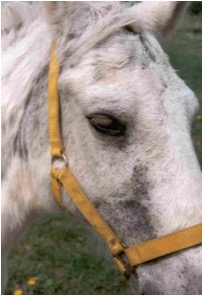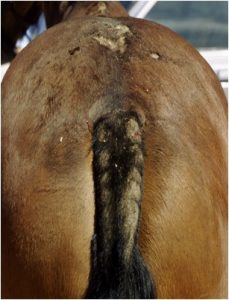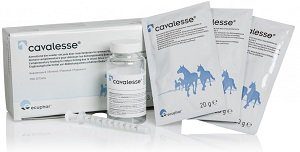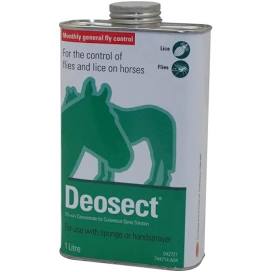See our latest blog post on how you can prevent your horse or pony suffering this summer.
Download our sweet itch information sheet to print and keep at the yard
What causes sweet itch?
Sweet itch can be a stubborn condition affecting horses. Although horses can be irritated by many types of insects and their bites (e.g. Mites, horse flies, stable flies, mosquitoes); it is culicoides midge bites which most commonly result in an allergy. The midge saliva causes an allergic reaction in the skin. It is this allergy that we know as sweet itch.
What symptoms do we see?
The disease causes localised skin allergy symptoms, with itching often leading to broken hairs and hair loss. Due to intense itching horses can become restless and distressed. Although the pruritus (itching) can be seen all over the horse’s body, it is more common in the following regions:
- Tail base (resulting in “rat tail” or “toilet-brush” appearance)
- Mane
- Forelock
- Face and between the ears
- Under the abdomen


Because of excessive itching and scratching, secondary symptoms may be seen:
- Reddened skin
- Hair loss
- Localised heat and swelling
- Localised discharging lesions (sign of infection)
Diagnosis
Diagnosis is often made by recognition of the symptoms described. Allergy testing can be performed to identify the cause – this allows development of a bespoke, individual allergy vaccine which can be effective against some skin allergies, although may not be useful in treating sweet itch. Allergy testing involves intra-dermal (into the skin) injection of multiple allergens and assessing how the horse’s body reacts.
Management Advice
Unfortunately, there is no cure for sweet itch. Treatment revolves around avoiding the stimulus (i.e. insect bites) and then treating/avoiding the symptoms as they occur.
Best practice for avoiding insect bite exposure:
- Stable at dawn and dusk when there are greatest numbers of midges around
- Use fly rugs and masks – cover as much skin as possible!
- Use topical fly repellents – Permethrins are especially useful, we recommend Deosect. Follow the manufacturer’s instructions to dilute, apply every 2 weeks to the mane and tail with a sponge (it will hold better if applying to dirty skin!). It can also be sprayed onto the skin. Deet products are usually more effective than other tack-shop fly repellents although spot-test, as some horses are very sensitive to deet.
- Turnout away from stagnant water, woods and trees (midges congregate in these areas)
- Turnout on hills or where wind is stronger (midges are weak fliers)
- Consider use of fly lamps, mosquito nets, installing fans in stables
- Feed supplements often help reduce itching – We recommend Cavalesse.
We stock Deosect and Cavalesse, please get in touch if you wish to purchase either from the practice.


Treatment
In severe cases where insect-bite (allergen) avoidance hasn’t been achieved, it is necessary to treat the symptoms.
- Cold hosing &/or icing can temporarily soothe itching
- Topical anti-itch shampoos containing antihistamines and/or local anaesthetics have variable benefit
- Anti-histamines (e.g. Piriton) will rarely help
- Immunotherapy can be effective – this involves desensitisation by injecting midge saliva into the skin over a course of treatments
- Where itching has led to self-trauma and subsequent infection, topical and/or systemic antibiotics may be needed
- Topical and/or systemic steroids will stop itching, only to be used in severe cases (due to concerns over possible side effects)
There is a vaccine under development, with the company developing it reporting promising initial results. It is hoped the vaccine will be available in 2020.
